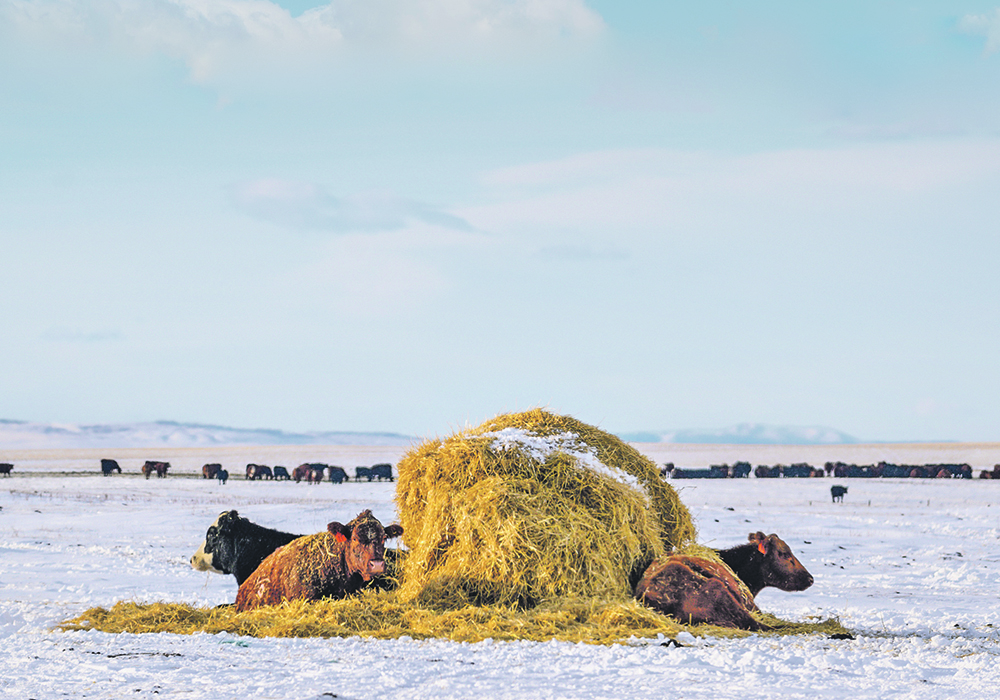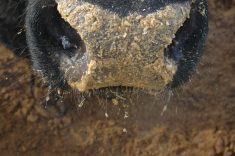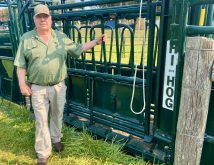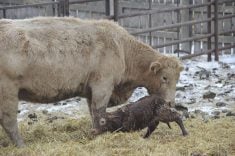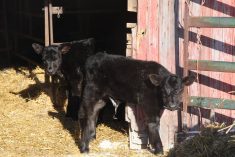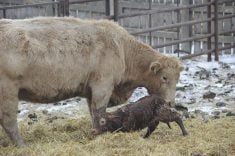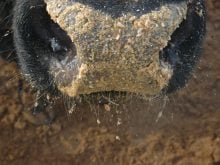Producers encouraged to better understand the what, where, when, why and how when planning a feed testing program
Successful feed testing starts with understanding why, followed by what, when, how and where.
Answering these questions will provide information that can improve efficiencies and benefits for beef cattle operations.
“Feed testing is an important tool that producers can use to make informed decisions about their operation,” said Breeanna Kelln, who leads the University of Saskatchewan Beef Industry Integrated Forage Management and Utilization Chair.
Kelln spoke during a webinar hosted by the Beef Cattle Research Council to address the key challenges and opportunities surrounding feed testing, what the results mean and why they are important.
Read Also

Beef cattle more prone to trace mineral deficiencies
The trace mineral status of our cows and calves is a significant challenge for western Canadian producers and veterinarians.
Why is it important to feed test?
The winter-feeding period in Canada is more than 200 days a year and includes harsh weather, bitter temperatures and snow in many regions.
“A good majority of the year producers are trying to maintain that mother cow herd and they need to feed them stored forages,” said Kelln. “Feed testing is a tool to understand how to manage the feed sources and how to match them up with cow requirements so that we meet nutritional requirements,” she said.
Forage prices have increased significantly and the hay market can be volatile because of fluctuating availability.
“When a producer has high-value feed, they want to make the most of it. So, feed testing allows them to understand when to feed certain types of feed.”
A five-year average of cow-calf herd costs illustrates that winter feed and bedding comprises 40 percent of the total cost of production, followed by pasture costs at 28 percent.
‘It is a large portion of where they’re spending their money so we would want to make sure that we spend it appropriately and that we’re able to do as much as we can to manage it.
“Close to 70 percent of cost of production is going into winter feeding and summer feeding, so really, what you feed and how you feed it are the biggest costs for the cow herd,” she said.
What should be tested?
Producers have many feed options they can test. Stored forages include hay, silage and straw, as well as byproducts and supplements such as grain, distillers grains, pulse starch, oilseed meal, screenings and pellets.
They could also test anything that’s standing or will be grazed in winter, like cereal swaths and standing corn.
“Those are kind of what you’re going to be feeding in the wintertime, but you might be also wanting to take a look at your summer pastures. So, you might be testing some of that pasture during the summertime or in the fall. If you’re doing an extended fall grazing, you could test swaths and your standing crop,” Kelln said.
As a side note, she said testing groundwater, surface water and well water sources for nitrates and sulphates is also important.
“Just like the feed that we’re going to test, we should test the water to make sure that it doesn’t have any anti-nutritional factors in it. At least then we can manage it if we know what we’ve got in the water source.
When is the right time to test?
Most feed testing occurs in fall, but “anytime is better than nothing,” said Kelln.
“But if we want to look at the specifics of when to feed test, you could feed test before feeding or when you’re opening up a silage pit. Once the silage has been ensiled, you’re able to get the nutritional composition and the chemical analysis. You’re also able to then look at the fermentation profile and understand how well that silage pit’s fermented,” she said.
A producer might consider feed testing before buying or selling feed, or when they’ve opened up a new silage pile to ensure nothing has changed in its nutrition and other content.
“Those are proactive reasons that you would feed test and then you also might feed test in kind of a reactive way.
“So, if you’ve got production issues or you’re trying to determine whether or not the feed is the cause of, say poor reproduction or poor gain on calves, or you suspect there’s feed issues such as nitrates or mycotoxins.”
How to test?
Get a representative sample. Take multiple core samples of bales or a silage pile and mix them well before placing a partial sample in a resealable bag and sealing it.
“Usually, we’re not wanting to sample just one bale in the field. We want to sample probably 15 or 20 bales throughout the field,” said Kelln.
“If it is a wet feed, something like a silage, often we will vacuum seal it with a food preserver so that there’s no change in the sample and then freeze it and it can get sent away to a lab.”
Where to send the test?
There are laboratories throughout the country. Some producers work with a nutritionist who might already have an account with a particular lab.
However, knowing what to do with the data can be challenging, Kelln said.
Ration balancing programs are available. Examples include CowBytes and a BCRC feed testing calculator (single feed ingredient).
“As we start to deal with more feed ingredients, or feed ingredients that are maybe one-off-type feeds, you’re going to want to have some type of a program that can help put all that information together for you and make it quite easy to understand.”
Provincial regional specialists and extension specialists are good resources, as are nutritionists, feed companies and industry specialists.
“A lot of times you could take a look at this sample, and say, ‘well, is this good feed? Like how do I know how to interpret this and is this something that I want to feed to my animals?’
“It’s kind of a loaded question because there’s really no straightforward answer.”


